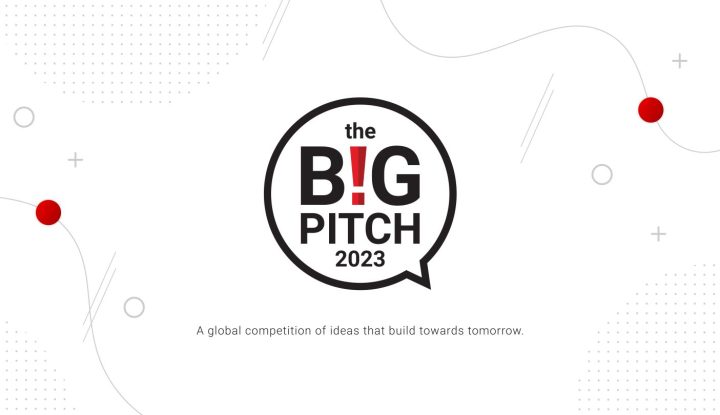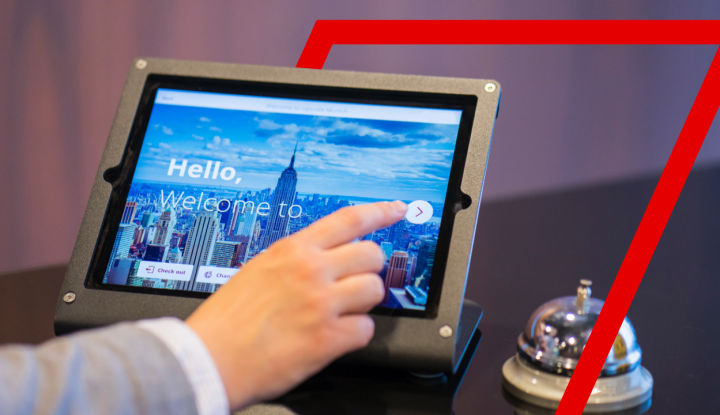This is an opinion piece by Joakim Everstin, Sabre’s Head of Innovation & Tech Evangelist EMEA.
What is innovation?
I often get the question of what innovation means to me. While this is never a simple, straightforward — after all, innovation starts at different baselines — there are comparisons to familiar concepts that offer context to my response.
One in particular stands out next to the word innovation, which is itself an an enormous, amorphous concept. Innovation, in my view, is as big as IT.
Of course, “it” is a powerful word. When we talk about the “it” person, it’s a compliment designating an admired person that others want to be like. When we say “that’s it!” there is no ambiguity: the decision has been made, the conversation is over. There is certainty that comes from a two-letter word that means so much.
It’s fitting and proper that the IT acronym for Information Technology brings “IT” into so much of our lives. Information Technology, the discipline in today’s digital-only world that handles anything that uses electrical power and an on/off button. That’s a lot of stuff, as there’s literally a computer chip in every modern electronic device and vehicle. Each chip creates and transmits data, all of which combines to create a vast repository available to mine.
I remember back in the days during the big IT revolution – you know, the one that later became that infamous bursting bubble — companies big or small would proclaim “We know IT!” Yet, if IT is everything, then these companies were actually saying “We know everything.” A bold statement indeed, especially in a sea of sameness. I was always really amazed that you could use such a statement as a company slogan, because no one knows everything. Not even close!
Given that context, let’s return to the concept of innovation and its definitive essence.

To me, innovation means anything that has some positive impact (in some cases there are negative outcomes, but let’s not focus on more controversial innovations here) on someone or something. Innovation also can be created by anyone and can happen anywhere.
Innovation is not restricted to budgets or processes, to people or prerogatives. Innovation usually just happens. Many times the greatest innovations has come out of a failure trying to solve a completely different challenge, and other times it comes out of endless iterations and failures.
One example of this is what I consider one of man’s greatest accomplishments so far: Morse code!
This innovation came out of a personal tragedy. Only a short time after Mr. Morse had married his young wife, she died while he was away. Morse received the tragic news several weeks later — and missed her funeral. From the moment he received the belated news, he worked to solve the problem of real-time long-distance communication. He was driven by the dream that no one else would have to bear the pain of knowing too late.
The most ‘shining’ example of iterative failure is the light bulb. Thomas Edison had tried thousands of times to create a light bulb that did not explode when turning the power on. After those countless tries, he finally invented the world’s first light bulb that could be turned on and off more than one time. He famously, and beautifully said:
“I have not failed. I’ve just found 10,000 ways that won’t work.”
That statement encapsulates my view and understanding of innovation. To foster innovation there HAS to be room for trial and error and you have to be allowed to fail. Without failure, there’s no risk. Without risk, there’s no reward. Without reward, there’s no spark. Innovation is built on a bedrock of broken dreams and failed ideas.
With that, I encourage readers to pursue any idea that you might have thought about. Big or small I doesn’t matter! Now it’s time to bring these ideas to life! Let’s do this.
This is an opinion piece by Joakim Everstin, Sabre’s Head of Innovation & Tech Evangelist EMEA.
 To me, innovation means anything that has some positive impact (in some cases there are negative outcomes, but let’s not focus on more controversial innovations here) on someone or something. Innovation also can be created by anyone and can happen anywhere.
Innovation is not restricted to budgets or processes, to people or prerogatives. Innovation usually just happens. Many times the greatest innovations has come out of a failure trying to solve a completely different challenge, and other times it comes out of endless iterations and failures.
One example of this is what I consider one of man’s greatest accomplishments so far: Morse code!
This innovation came out of a personal tragedy. Only a short time after Mr. Morse had married his young wife, she died while he was away. Morse received the tragic news several weeks later — and missed her funeral. From the moment he received the belated news, he worked to solve the problem of real-time long-distance communication. He was driven by the dream that no one else would have to bear the pain of knowing too late.
The most ‘shining’ example of iterative failure is the light bulb. Thomas Edison had tried thousands of times to create a light bulb that did not explode when turning the power on. After those countless tries, he finally invented the world’s first light bulb that could be turned on and off more than one time. He famously, and beautifully said:
To me, innovation means anything that has some positive impact (in some cases there are negative outcomes, but let’s not focus on more controversial innovations here) on someone or something. Innovation also can be created by anyone and can happen anywhere.
Innovation is not restricted to budgets or processes, to people or prerogatives. Innovation usually just happens. Many times the greatest innovations has come out of a failure trying to solve a completely different challenge, and other times it comes out of endless iterations and failures.
One example of this is what I consider one of man’s greatest accomplishments so far: Morse code!
This innovation came out of a personal tragedy. Only a short time after Mr. Morse had married his young wife, she died while he was away. Morse received the tragic news several weeks later — and missed her funeral. From the moment he received the belated news, he worked to solve the problem of real-time long-distance communication. He was driven by the dream that no one else would have to bear the pain of knowing too late.
The most ‘shining’ example of iterative failure is the light bulb. Thomas Edison had tried thousands of times to create a light bulb that did not explode when turning the power on. After those countless tries, he finally invented the world’s first light bulb that could be turned on and off more than one time. He famously, and beautifully said:







